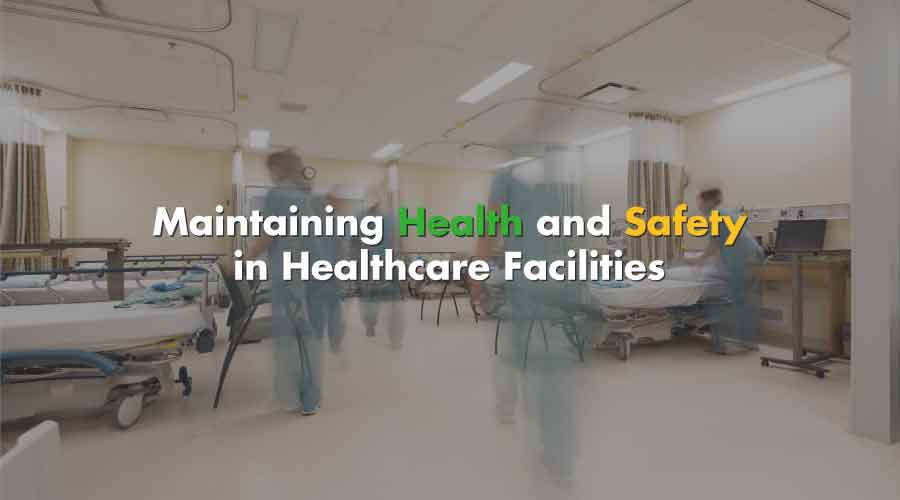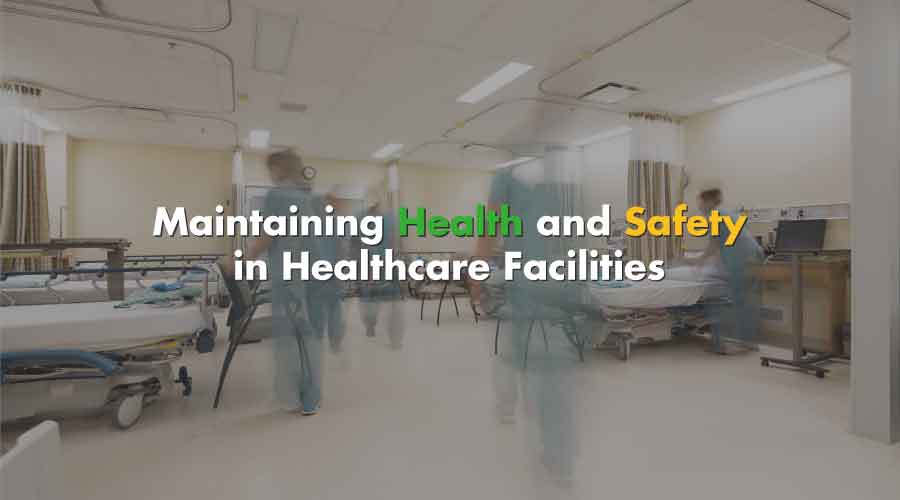Watch on-demand: Healthcare Facilities Summit




Healthcare facilities have unique needs and considerations when balancing both the safety and security of patients, employees, and guests, along with providing healthy and healing environments. When operating and maintaining healthcare facilities, facility managers need to take into consideration myriad complex situations regarding emergency preparedness, backup power, and access control, along with creating clean and healthy environments.
These four sessions from the Healthcare Facilities Summit focus on the trends and important components of managing and operating hospitals, medical centers, and long‐term care facilities.
Session 1: Protecting Healthcare Facilities and Assets
Healthcare facilities are vulnerable to security breaches and have their own specific areas of risks and threats that need to be addressed. In this presentation, learn how to protect the three big assets of your healthcare facility: people, data, and physical assets.
Session 2: Emergency Preparedness Tactics for Healthcare Facilities
Facility managers must ensure buildings and organizations are ready to handle crises while supporting a high level of care. Healthcare facilities must be available to care for those impacted. As healthcare leaders, managers have a great public responsibility to prepare hospitals physically and financially to weather the next storm.
Session 3: Preparing for the Unexpected Within the Inpatient Environment
If the past two years have taught us anything, it’s that the way we design healthcare facilities needs to be more flexible and adaptable for an unknown future. With issues such as bed shortages stretching healthcare providers to their brink, and outdated facilities that struggle to keep up with a surge of patients, it is more important now than ever that we focus on best practices, evidence‐based design, flexibility, and future state operations.
Session 4: Turning the Tables: Getting Top Management’s Attention to Approve Projects
As a facility manager, you have all sorts of projects in mind for energy efficiency, simplifying operations, increasing occupant satisfaction, etc. But it’s hard to get your top management to listen. This session shares proven strategies to get top management’s attention, speak the language they understand, and start you on your way, using a real case study.
